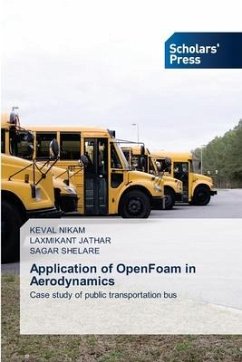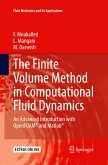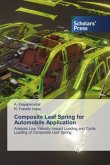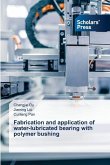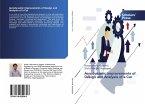Open window buses without air-conditioning are a major mode of urban and inter-city transport in most countries. High occupancy combined with hot and humid conditions makes travel in these buses quite uncomfortable. In this study airflow through a bus has been studied using OpenFOAM which could be the basis for low-cost and eco-friendly methods of increasing passenger comfort and possibly reducing drag. The aerodynamics of such a road vehicle has not been studied as previous investigations have been confined to vehicles with closed windows that present a smooth exterior to airflow. The Top opening of the Bus is considered and an analysis is done. The use of an air-conditioning unit is substituted by the top opening provided is proved and Power is calculated. The information on a number of Top openings is provided in this case study.

